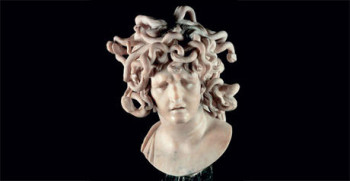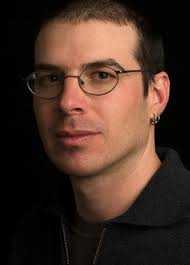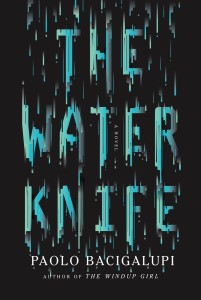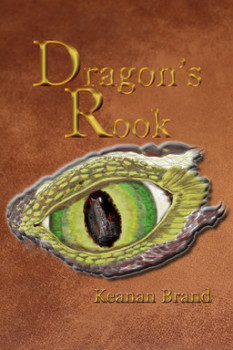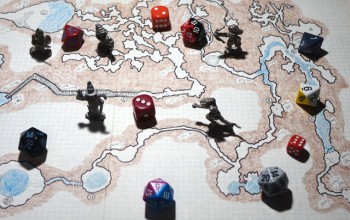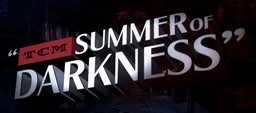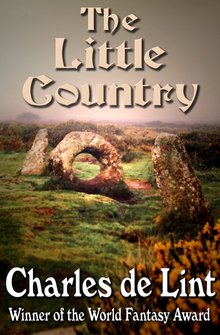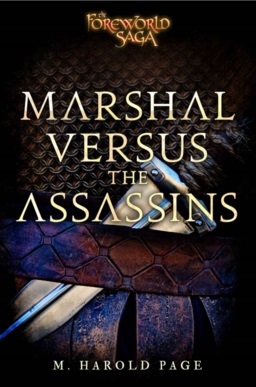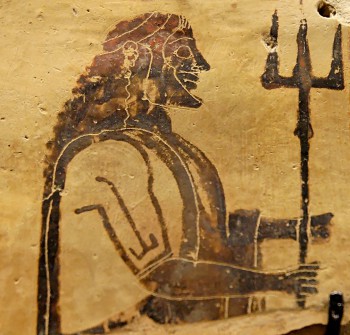A Modest Proposal to Improve the Hugos
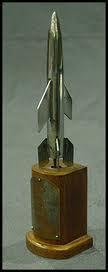 In thinking about the recent unpleasantness (regarding the Hugo ballot, I mean), it occurred to me that one source of the issues with the Hugos right now has nothing much to do with slates or bloc voting or Sad Puppies or Social Justice Warriors or even taste (that much). It is simply this: there are a lot more SF stories published now than there were in the past. That makes it really hard for any reader to even come close to reading them all – something that was quite possible, I am told, back in the 1960s. I can testify: I used to try very hard to read every SF story that came my way, and there were years I read over 2000 stories. And every year I missed hundreds, at least, and some of those very good.
In thinking about the recent unpleasantness (regarding the Hugo ballot, I mean), it occurred to me that one source of the issues with the Hugos right now has nothing much to do with slates or bloc voting or Sad Puppies or Social Justice Warriors or even taste (that much). It is simply this: there are a lot more SF stories published now than there were in the past. That makes it really hard for any reader to even come close to reading them all – something that was quite possible, I am told, back in the 1960s. I can testify: I used to try very hard to read every SF story that came my way, and there were years I read over 2000 stories. And every year I missed hundreds, at least, and some of those very good.
In a way this is one function of ballots and shortlists (and, indeed, recommendation lists): to try to condense the mass of stories published each year to a manageable set of the “the best.” My Best of the Year anthology every year serves that function (secondarily – the main function is to give readers a great book to read). So does, for instance, the Locus Recommended Reading list. But even there, note that our lists are by no means inclusive. Indeed, I signal that (as do other Best of the Year editors like Gardner Dozois and Ellen Datlow) by including a long list or recommended stories in addition to those in my book. And the Locus list is painstakingly cut from a much longer list of recommendations by all the contributors – a list that highlights the problem I cite, as all of us realize that our fellow recommenders have seen outstanding stories we have missed.
Though, I ask myself, why do I use the word “problem?” Surely it is a feature, not a bug, that there are so many stories published each year that are worthy of our attention? Indeed it is, but a result of that, I feel, is that if we want the Hugos to represent the very best stories of the year, we are failing, in the sense that it’s easier than before for a great story to slip under the radar.
